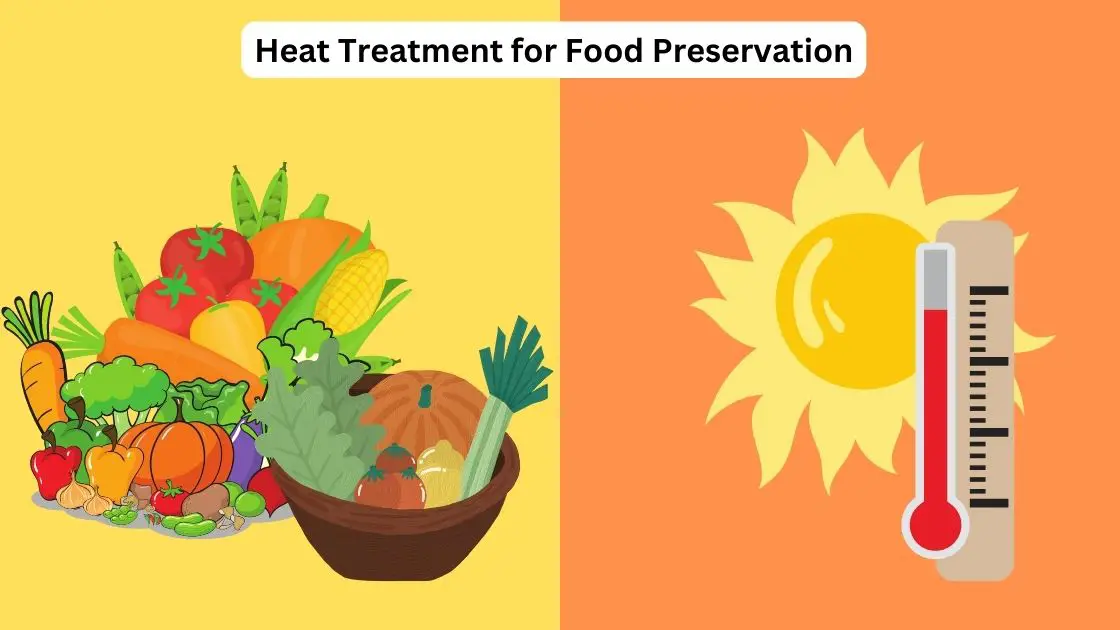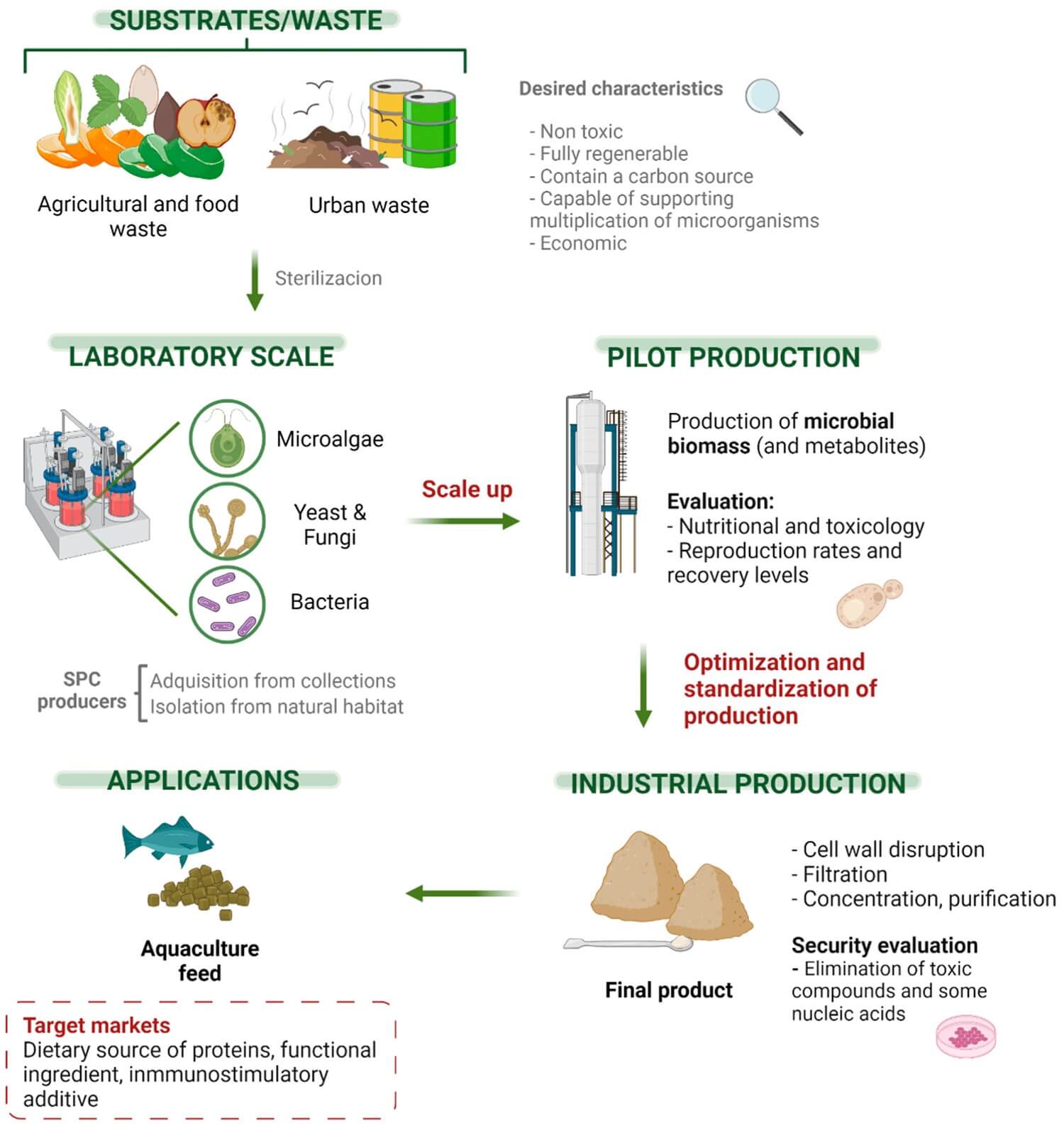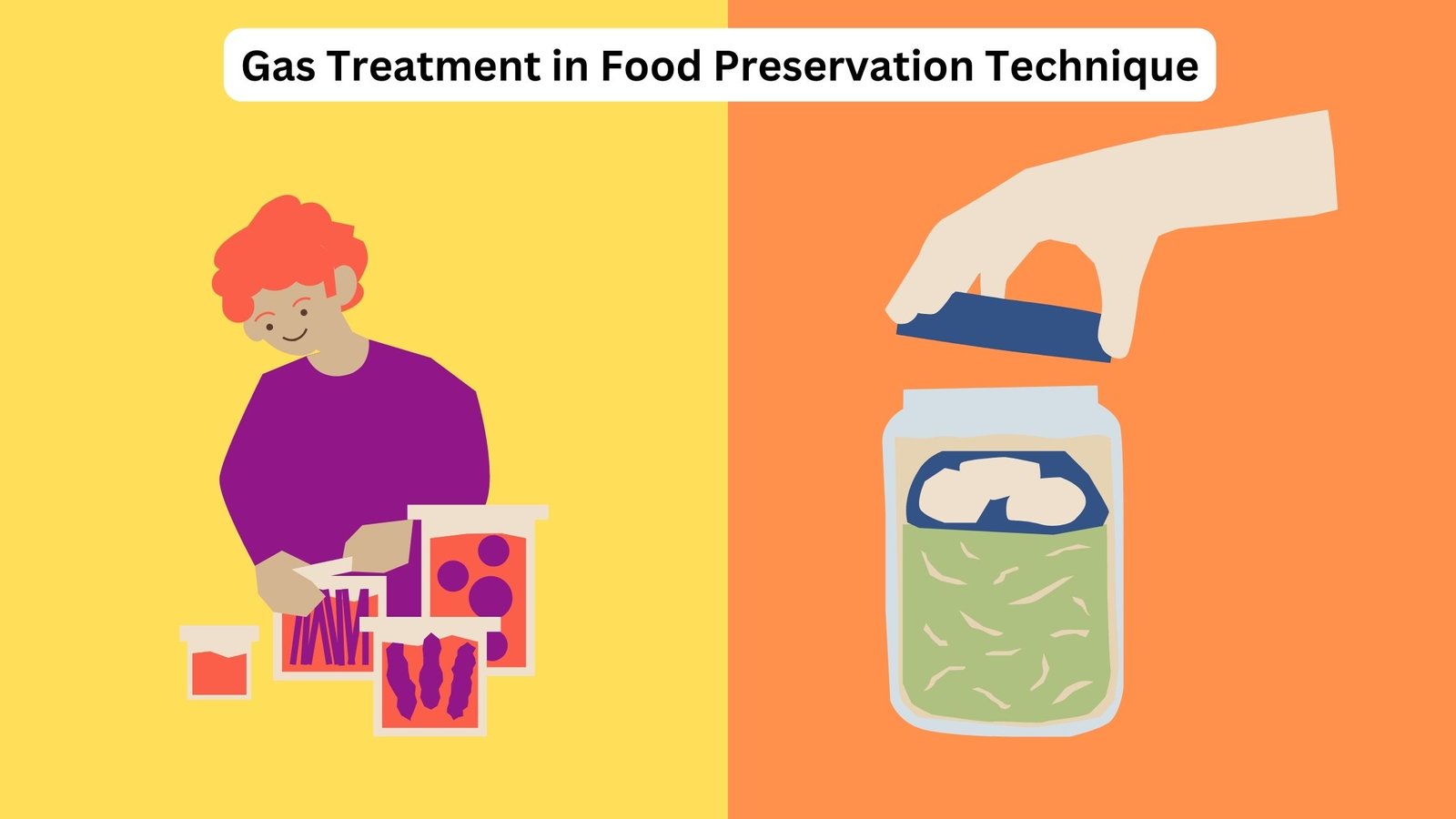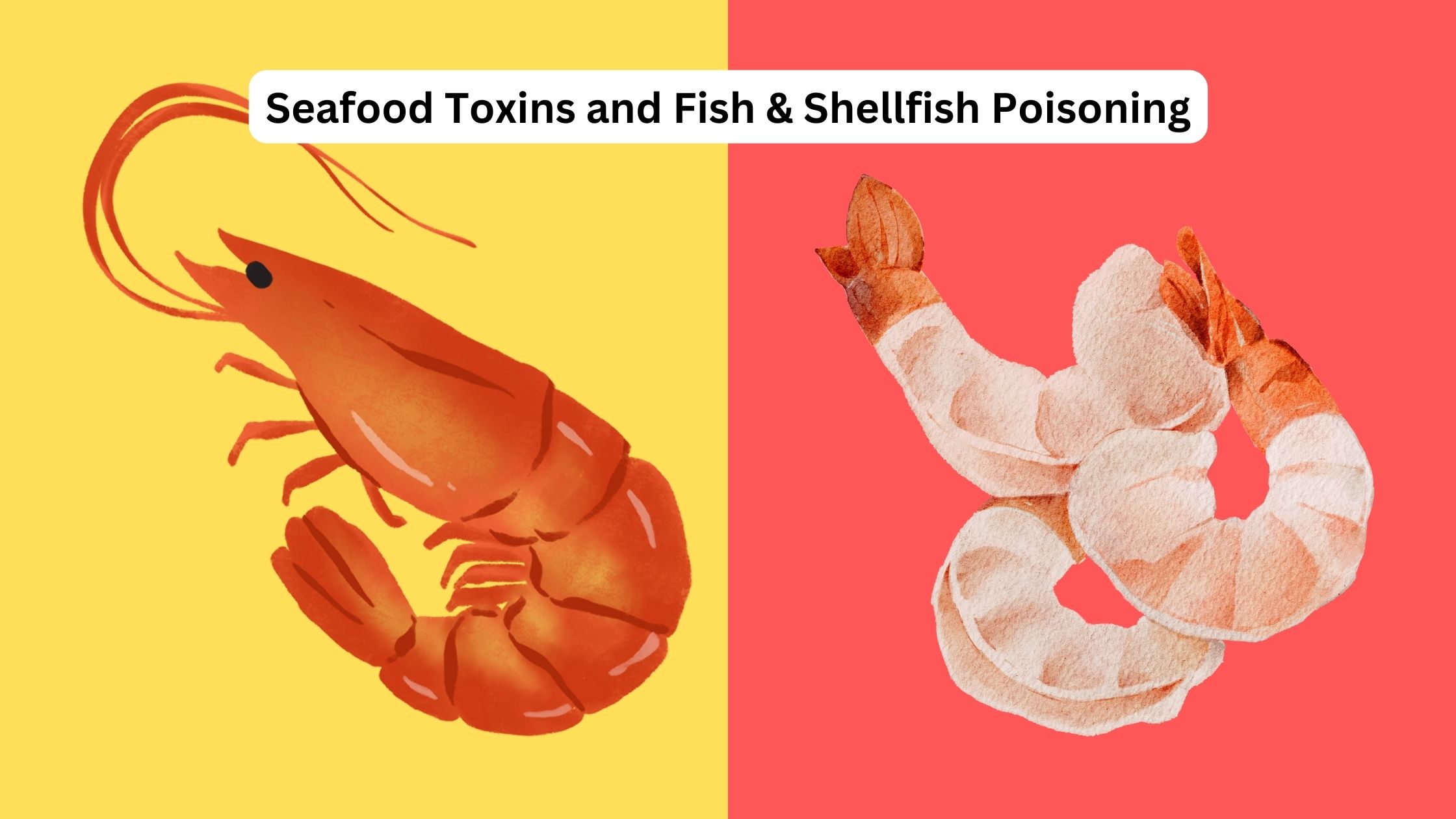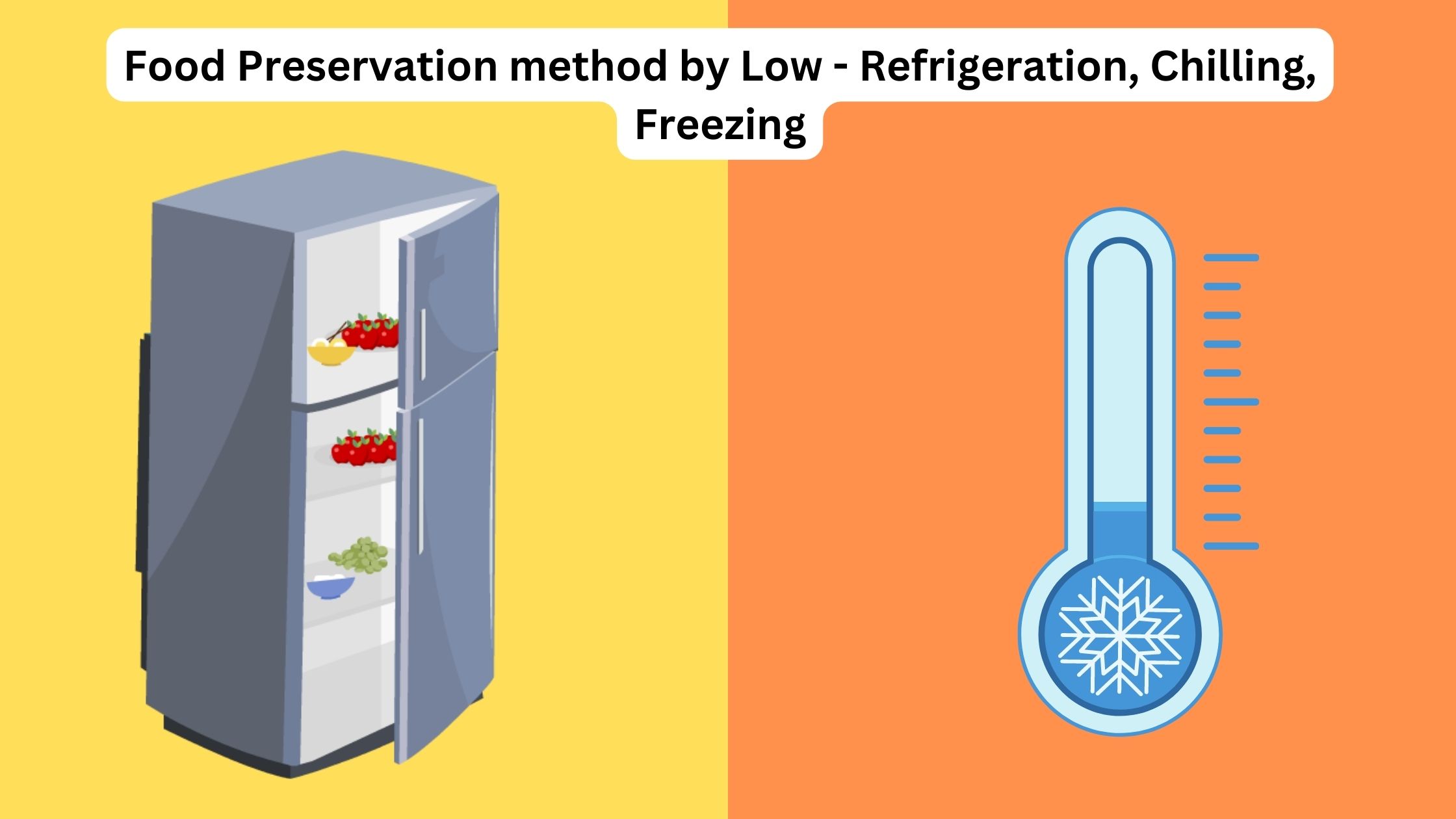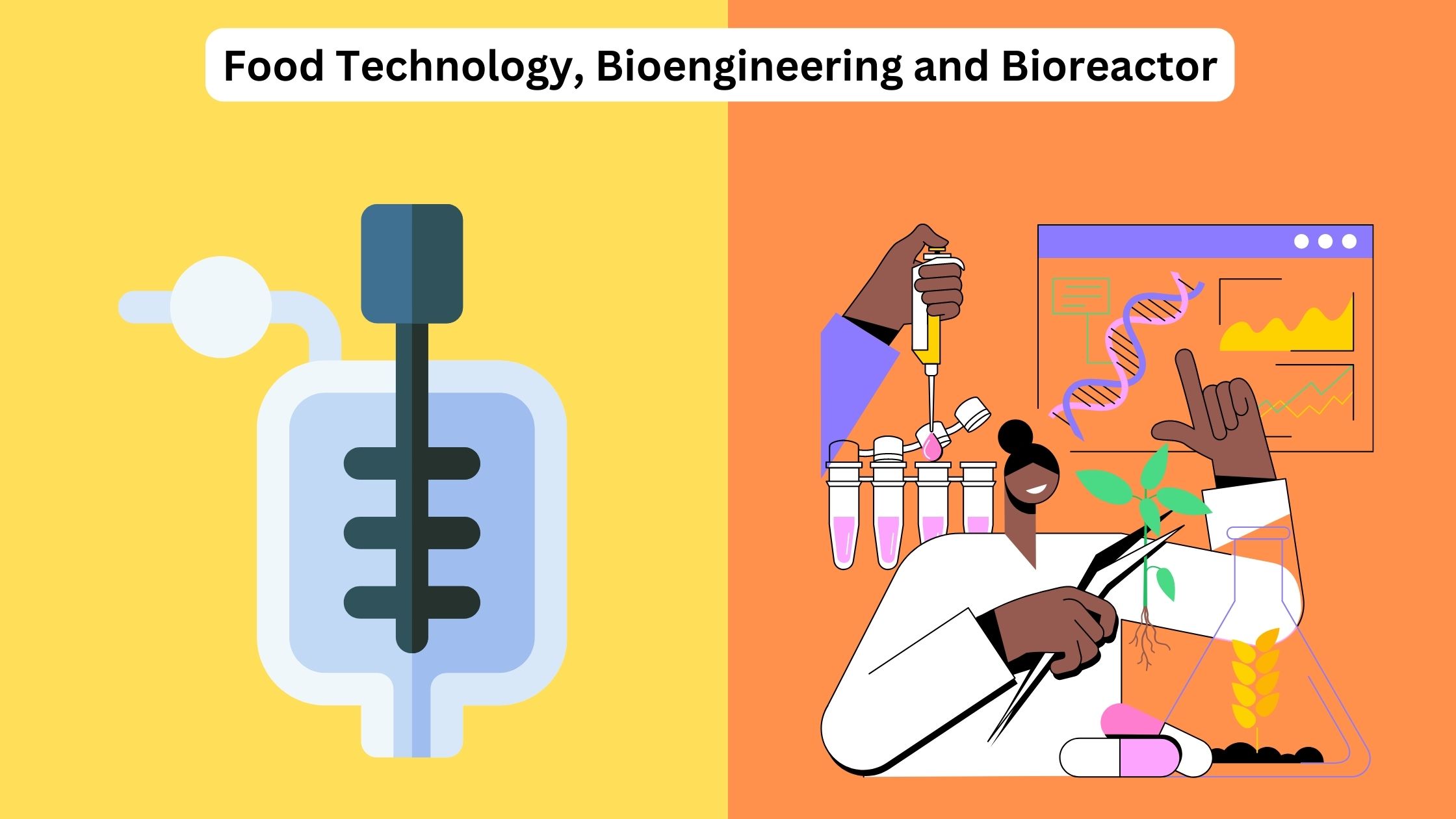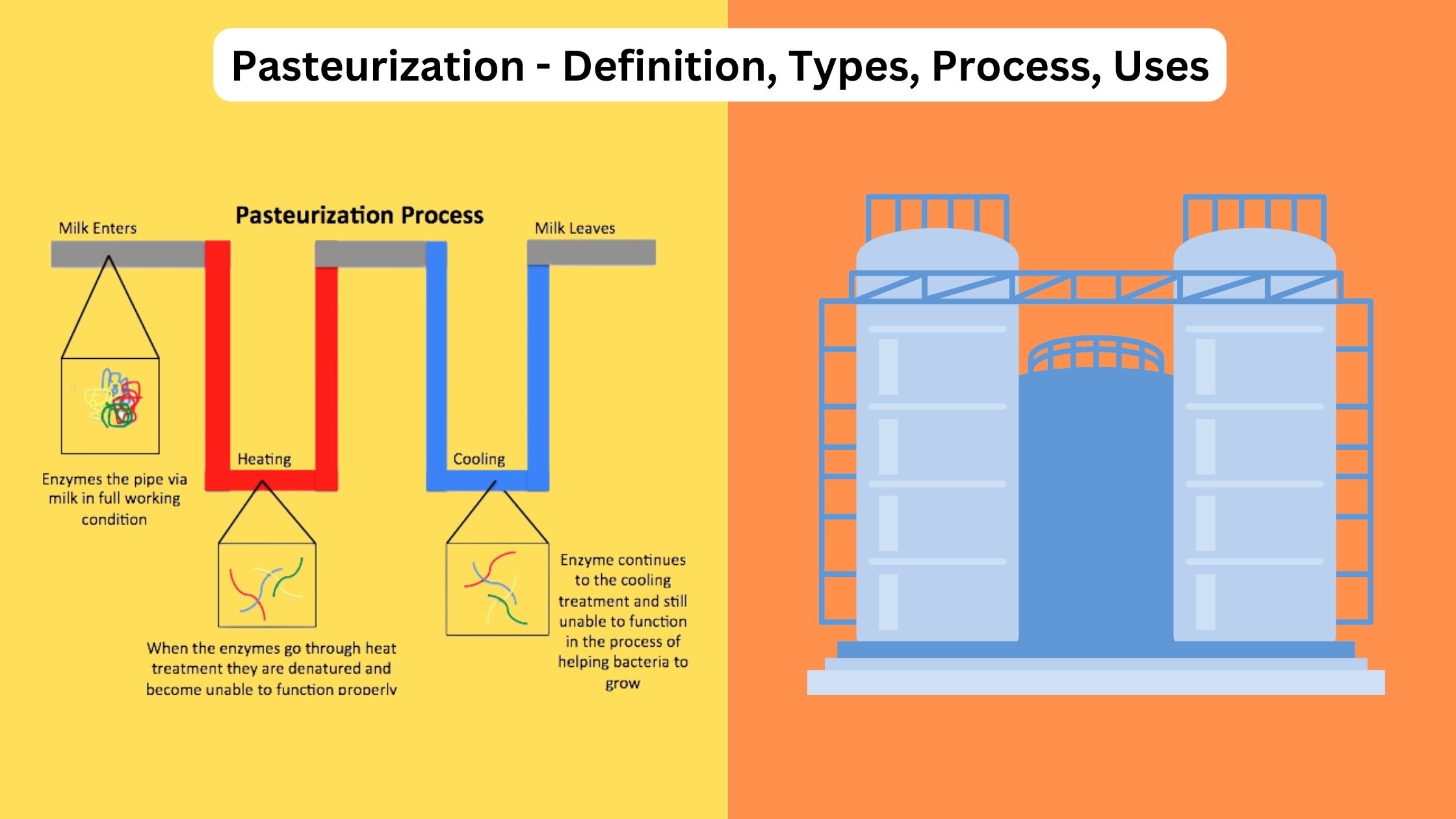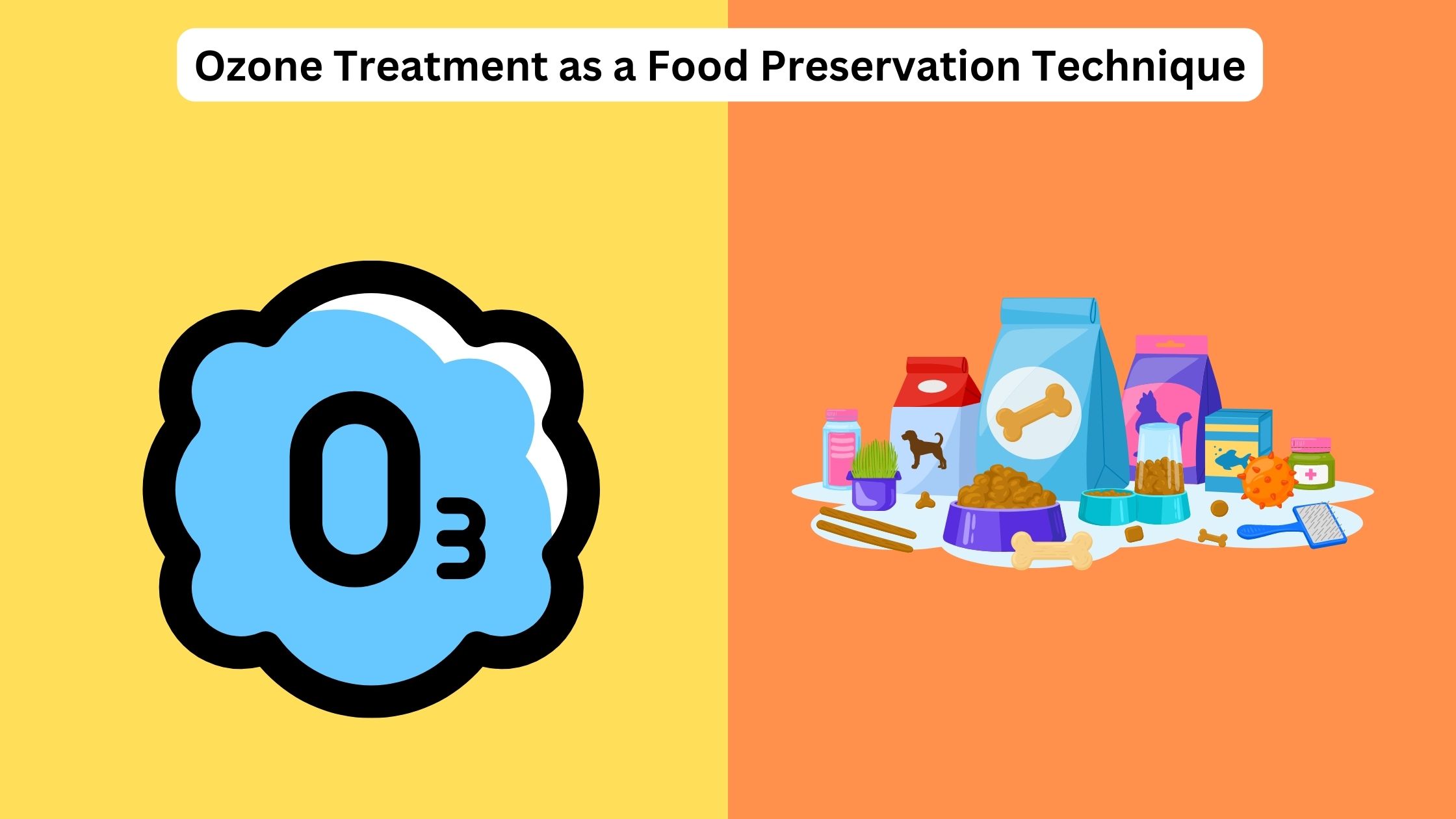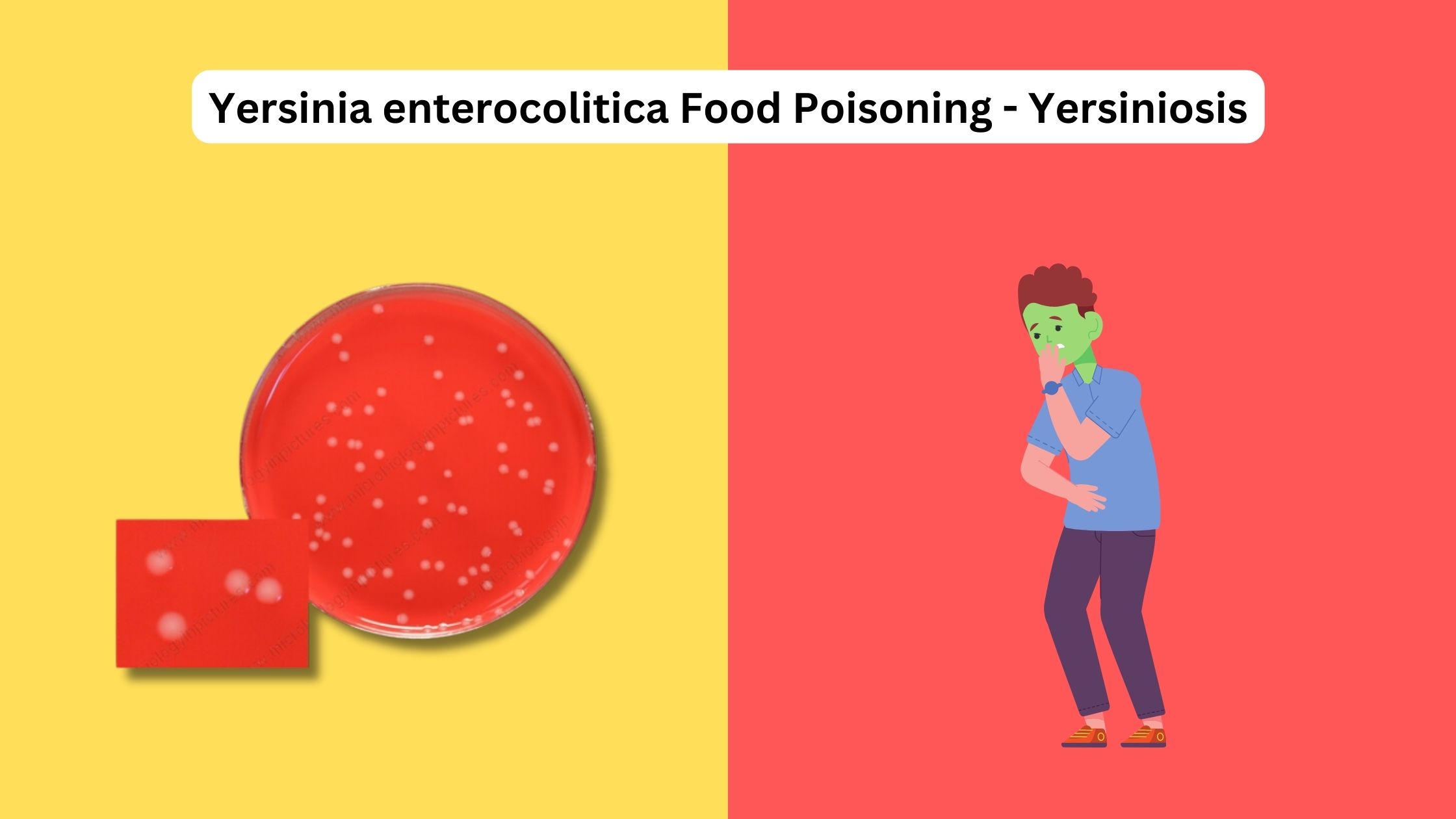Heat Treatment for Food Preservation
Heat Treatment as a Food Preservation What is the Role of heat treatment in food preservation? Heat treatment plays a vital role in food preservation by offering various benefits that help ensure food safety, extend shelf life, and improve the overall quality of food products. The following points highlight the key roles of heat treatment … Read more
